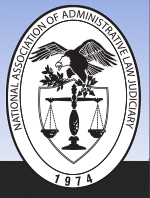The Rowley Enigma: How Much Weight is Due to IDEA State Administrative Proceedings in Federal Court?
First Page
428
Last Page
468
Abstract
In this article, I argue that the phrase "due weight" incorporates a deferential review standard equivalent to the clear error or substantial evidence standard, a conclusion reached by a minority of the circuit courts of appeal. I further argue that, consistent with Rowley, federal courts must afford due weight to administrative officers' substantive or educational conclusions, but no weight to their procedural or non-educational conclusions. Part II offers a general outline of the IDEA, giving special attention to its judicial review provisions. In Part III, I provide a general discussion of judicial review of administrative adjudication. Part IV is devoted to a discussion of Rowley and the First Circuit's seminal opinion in Town of Burlington v. Dep 't of Ed. of Com. Of Mass (Burlington II). Part V discusses the majority and minority approaches adopted by the circuit courts of appeal following Rowley. Part VI recommends a deference standard that is consistent with Rowley and employed by a minority of circuit courts. Part VII offers a brief conclusion.
Recommended Citation
Daniel W. Morton-Bentley,
The Rowley Enigma: How Much Weight is Due to IDEA State Administrative Proceedings in Federal Court?,
36 J. Nat’l Ass’n Admin. L. Judiciary
428
(2016)
Available at:
https://digitalcommons.pepperdine.edu/naalj/vol36/iss2/2

